What is the best way to resize the main window automatically if one widget is hidden? I also need to resize the window if I make the widget visible again. See the images below...
What settings should I set in Qt Designer for MainWindow (sizePolicy), centralwidget (sizePolicy, layoutSizeConstraint) and gridLayout (sizePolicy, layoutSizeConstraint) in particular?
How can I hide the textEdit widget? self.textEditObject.setVisible(False) works: textEditObject is not visible, but is this the right way to resize the window?
I think I don't understand some basic stuff, as I cannot get the desired behaviour.
